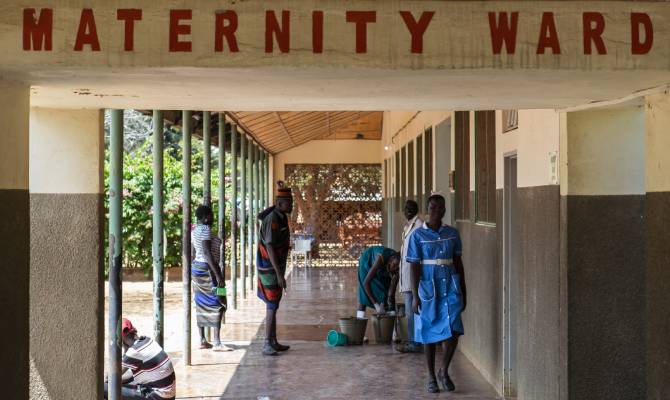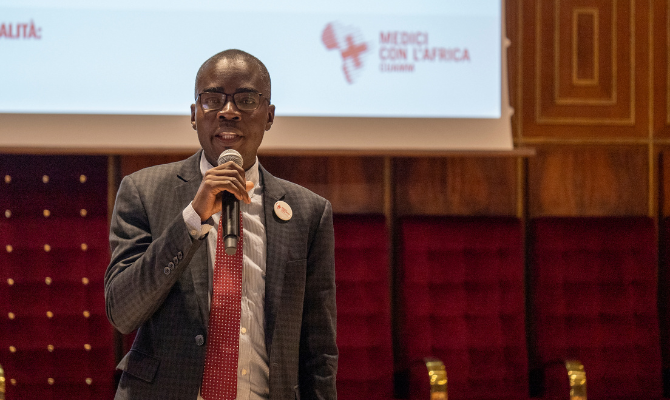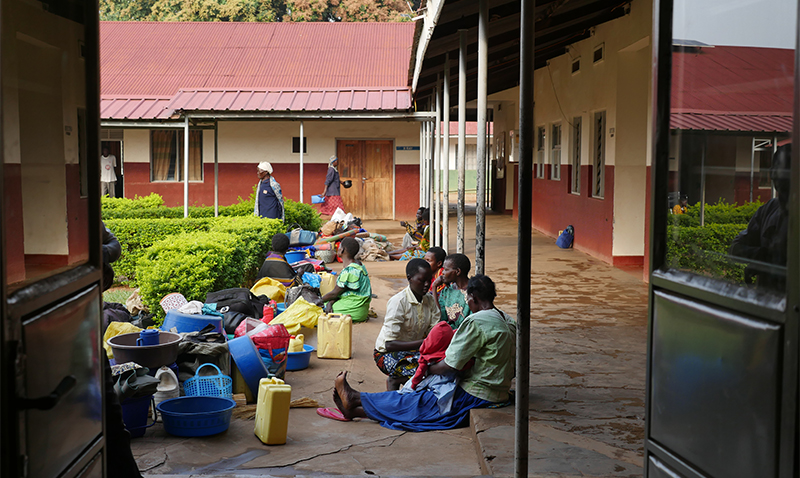Faith arrived at Matany Hospital, Karamoja region, northern Uganda, on the verge of giving birth. It was her second pregnancy.
When she arrived at the hospital, she was admitted for gastroenteritis and a urinary tract infection. CUAMM team began treatment, and after four days, Faith’s condition improved. But just as everyone breathed a sigh of relief, her membranes ruptured.
Labor was expected to begin soon after, but the contractions didn’t start—not even 48 hours later.
An ultrasound revealed that the baby was healthy, estimated to weigh over 2.2 lb. However, the amniotic fluid was scarce, and the risk of infection was real. In this situation, the possibility of intrauterine fetal death couldn’t be ruled out.
“We had to help Faith give birth – said Claudia Ciglioni, a gynecology resident -. Unfortunately, we couldn’t give her medication to induce contractions because the uterine scar from her first delivery might have caused a dangerous rupture”.
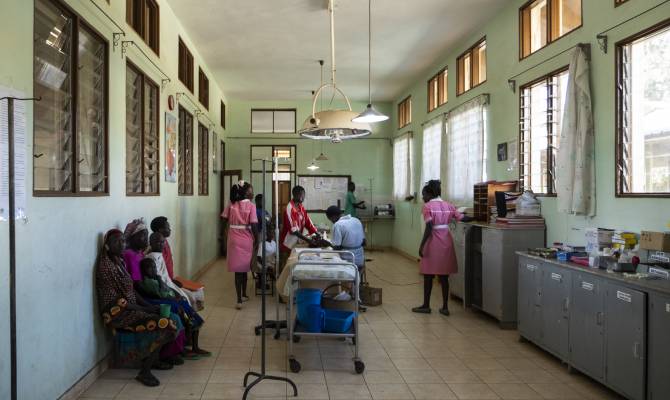
The only option for this young mother was a second cesarean section, she had already undergone one to give birth to her first child. Unfortunately, that same afternoon, two obtetric emergencies, far more critical, arrived at the hospital and the medical team decided to intervene immediately. In a low-resource setting, where resources are limited, and qualified staff scarce, difficult choices must be made. With adeguate care and observation, Faith might have waited.
“I was worried about the complications caused by her ruptured membranes, which had already been broken for two days – Claudia explained -. I had dealt with similar cases before, and sadly, if you don’t act promptly, saving the baby becomes very difficult. So, I decided not to wait and took Faith to the operating room at the end of the day”.
Adhesions from Faith’s first pregnancy made the cesarean more complicated than expected. Shortly after hearing her baby’s cry, Faith starting bleeding severley.
Postpartum hemorrhage is a serious and dangerous complication that requires immediate treatment. If not managed promptely by qualified personnel in a hospital’s theatre room, it can be life-threatening.
Faith was fortunate. Thanks to essential medications and the expertise of the medical team, the bleeding was quickly controlled. Faith’s story has a happy ending, thanks to the commitment of doctors and nurses who assisted her.
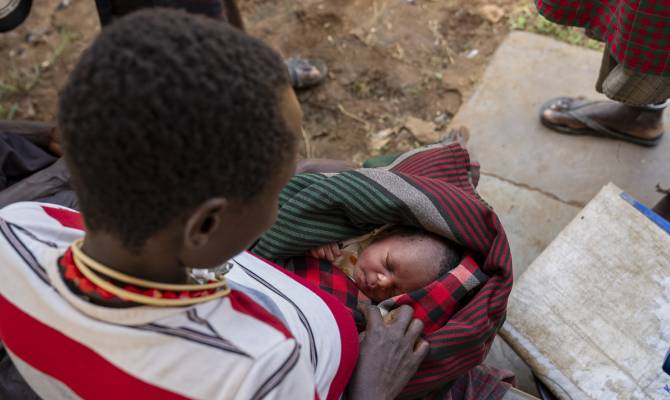
To date, too many women still die during pregnancy or from childbirth-related complications: approximately 280,000 globally, the majority in sub-Saharan Africa. In Uganda, the maternal mortality rate stands at around 284 per 100,000 live births—a number we aim to reduce to zero. Day after day, year after year, we work tirelessly to promote the health and well-being of mothers and children.

